If you’re interested in education technology (edtech), you may have heard about the benefits of global collaboration. With the rise of technology, it’s easier than ever for educators and students worldwide to connect and share ideas. Edtech international collaboration offers many advantages, including learning from different perspectives, sharing resources, and working together on projects.
One of the main benefits of edtech global collaboration is the opportunity to learn from others. By connecting with educators and students from different parts of the world, you can gain new insights and perspectives that you may not have considered before. This can help you develop a well-rounded understanding of a particular topic or issue and think more critically about your ideas and assumptions.
Another advantage of edtech global collaboration is the ability to share resources. With so many edtech tools and platforms available, knowing which ones are most effective or appropriate for your needs can be challenging. By collaborating with others, you can share your own experiences and recommendations and learn from the experiences of others. This can help you to make more informed decisions about which tools and resources to use and can also help you save time and money by avoiding tools that may not be effective.
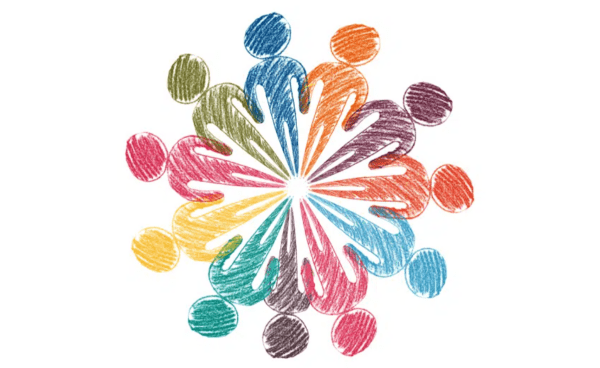
Evolution of EdTech
Historical Perspective
The evolution of EdTech has been a gradual process, with digital tools slowly making their way into classrooms over the past few decades. In the early days, technology in education was limited to essential tools such as overhead projectors and VCRs. However, with the advent of computers and the internet, the potential for technology in education began to grow.
The introduction of personal computers in the 1980s and 1990s paved the way for developing educational software and multimedia content. This allowed teachers to create interactive lessons and students to learn independently. Online resources and virtual learning environments emerged as the internet became more widespread.
Impact of the Pandemic
The COVID-19 pandemic has had a significant impact on the evolution of EdTech. With schools and universities closed, educators and students were forced to rely on digital tools to continue learning. This has increased demand for online learning platforms and educational technology.
As schools and universities begin to reopen, technology in education will likely continue to play an important role. Many educators have found that digital tools can effectively enhance traditional teaching methods and provide students with more personalized learning experiences.
Overall, the evolution of EdTech has been a slow but steady process, with digital tools gradually making their way into classrooms over the past few decades. The pandemic has accelerated technology adoption in education, which will likely continue.
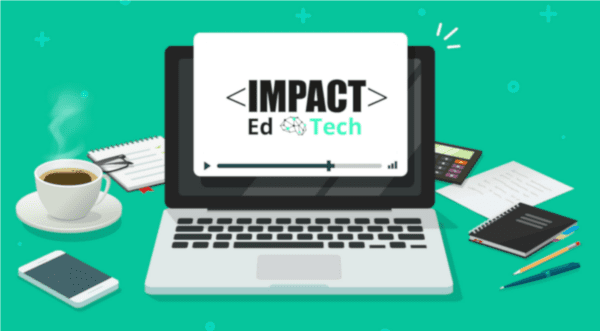
Foundations of Global Collaboration
Defining Global Education
Global education refers to the process of enabling learners to develop an understanding of the world around them. It involves teaching students about different cultures, languages, and values, as well as the social, economic, and political issues that affect people across the globe. Global education is essential in preparing students to become responsible global citizens who can interact with people from diverse backgrounds.
Principles of Collaboration
Collaboration is a crucial aspect of global education. It involves working together with others to achieve a common goal. Collaboration can take many forms, including group work, peer learning, and project-based learning. The following are some principles of collaboration that can help ensure successful global collaboration:
- Communication: Effective communication is essential for successful collaboration. You must communicate your ideas clearly and understand what others are saying.
- Trust: Trust is vital in any collaborative effort. You must trust your collaborators to do their part and contribute to the project.
- Respect: Respect for others is essential in global collaboration. You must respect cultural differences and work together to achieve common goals.
- Flexibility: Flexibility is essential in global collaboration. You must be willing to adapt to changing circumstances and be open to new ideas and perspectives.
- Accountability: Accountability is crucial in any collaborative effort. You must be accountable for your actions and be willing to take responsibility for any mistakes or shortcomings.
In summary, global collaboration is a fundamental aspect of international education. To ensure successful global collaboration, you must understand the principles of collaboration and be willing to work together with others to achieve common goals.

Technological Enablers
Regarding global collaboration in EdTech, several technological enablers are making it possible to connect students and educators worldwide. These enablers help bridge the gap between different cultures and educational systems, making it easier for students to learn from each other and share their knowledge.
AI and Personalized Learning
One of the most exciting technological enablers in EdTech is artificial intelligence (AI). AI allows educators to personalize student learning experiences, tailoring lessons to each student’s needs and learning style. This is particularly important in a global context, where students come from different backgrounds and have different levels of prior knowledge.
AI-powered platforms can analyze data on student performance and provide personalized recommendations for further study. For example, if a student struggles with a particular concept, the platform might recommend additional resources or exercises to help them master it. This can help students to progress at their own pace without feeling left behind or overwhelmed.
AR in the Classroom
Another exciting technological enabler is augmented reality (AR). AR allows educators to create immersive learning experiences that transport students to different parts of the world or even other periods. This can help to bring the curriculum to life and make it more engaging for students.
AR can be used in a variety of ways in the classroom. For example, students might use AR to explore historical sites or to visualize complex scientific concepts. This can help make learning more fun and interactive and help students better understand the material.
Platforms and Tools
Finally, various platforms and tools make it easier for students and educators to connect and collaborate across borders. These platforms can facilitate communication and collaboration, allowing students to collaborate on projects and share their knowledge and experiences.
Some of the most popular platforms for global collaboration in EdTech include video conferencing tools like Zoom and Skype and social media platforms like Twitter and Facebook. These platforms allow students to connect in real-time, regardless of location. Additionally, various online learning platforms, such as Coursera and edX, enable students to access educational resources worldwide.
Overall, these technological enablers are helping to transform the world of education, making it more accessible, engaging, and collaborative than ever before. By leveraging these tools and platforms, educators and students can work together to build a brighter future for all.
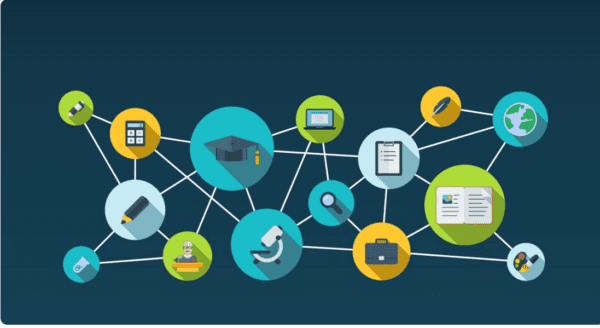
Curriculum and Instruction
When it comes to global collaboration, integrating technology into the curriculum is essential. Teaching students how to use digital tools to connect with others worldwide is critical. By doing so, they can broaden their perspectives and enrich their learning by collaborating with others and working effectively in teams locally and globally.
Integrating Technology into Curriculum
Integrating technology into the curriculum can help students gain knowledge and skills that will be useful in their future careers. It can also help them develop critical thinking skills by allowing them to analyze and evaluate information from different sources.
One way to integrate technology into the curriculum is through project-based learning. This approach allows students to work on projects that are relevant to their interests and that require them to use critical thinking skills. Students can develop their problem-solving skills and work collaboratively by working on projects.
Project-Based and Inquiry Learning
Project-based and inquiry learning are two approaches that can be used to help students develop critical thinking skills and learn how to work collaboratively with others. In project-based learning, students work on projects that are relevant to their interests and that require them to use critical thinking skills. Students can develop their problem-solving skills and work collaboratively by working on projects.
Inquiry learning is another approach that can be used to help students develop critical thinking skills. This approach encourages students to ask questions and explore in-depth topics. By doing so, they can develop their research skills and learn to evaluate information from different sources.
Integrating technology into the curriculum and using project-based and inquiry learning approaches can help students develop critical thinking skills and learn how to work collaboratively with others. By doing so, they can become global citizens who can work with others worldwide and are aware of the challenges of the 21st century.
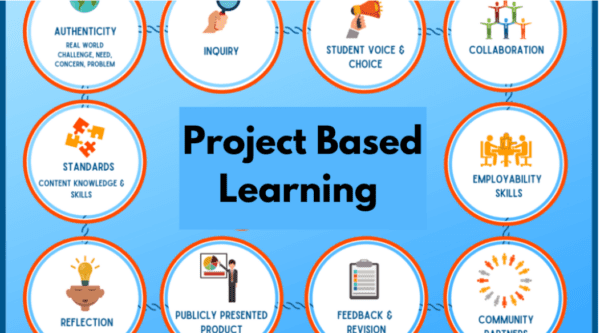
Teacher and Student Roles
Shifting Roles in EdTech
With the advent of EdTech, the roles of teachers and students have shifted. In traditional classrooms, teachers are the primary source of information, while students are passive recipients of knowledge. However, with EdTech, teachers are no longer just the source of information but are facilitators of learning. They help students navigate the vast amounts of information available online and help them develop critical thinking skills.
Similarly, students’ roles have also evolved with EdTech. They are no longer passive recipients of knowledge but actively participate in their learning. They can access a wealth of information and resources and use them to explore and learn at their own pace. Students also have more control over their learning, as they can choose the tools and resources that work best for them.
Engaging Students Globally
EdTech has also allowed students to engage with their peers globally. Students can connect with others worldwide and collaborate on projects through online platforms such as Skype, Twitter, Padlet, or Flipgrid. This global collaboration helps students develop a broader perspective and teaches them valuable communication and collaboration skills.
Teachers play a crucial role in facilitating this global collaboration. They can help students find and connect with other students from around the world and guide them through working together. Teachers can also use EdTech tools to create global projects that require students to work together to investigate solutions to local and international issues.
In conclusion, EdTech has transformed the roles of teachers and students in the classroom. Teachers are no longer just the source of information; students are no longer passive recipients of knowledge. With EdTech, teachers are facilitators of learning, and students are active participants in their education. EdTech has also allowed students to engage with their peers globally, providing them with valuable communication and collaboration skills.

Global Collaboration in Practice
When it comes to global collaboration, there are many ways to put theory into practice. This section will explore two practical ways to implement international cooperation in education: case studies and collaborative projects.
Case Studies
One way to implement global collaboration is through case studies. Case studies are a great way to explore real-world examples of international collaboration. They can help you understand the challenges and benefits of global cooperation and provide insights into best practices.
For example, a case study of a global collaboration project between a school in the United States and a school in Japan could explore how the two schools worked together to overcome language and cultural barriers. It could also highlight how they leveraged technology to facilitate communication and collaboration.
Collaborative Projects
Another way to implement global collaboration is through collaborative projects. Collaborative projects are a great way to promote group work, interaction, diversity, and empathy. They can help students develop essential skills such as communication, problem-solving, and critical thinking.
For example, a collaborative project between students in different countries could involve creating a digital artefact that reflects their shared cultural experiences. This could include researching and sharing information about their cultures, building a digital presentation, and collaborating on the final product.
Overall, there are many ways to put global collaboration into practice in education. Whether through case studies or collaborative projects, the key is to create opportunities for students to work together across cultures and develop essential skills for the 21st century.
Challenges and Considerations
When it comes to global collaboration in edtech, there are several challenges and considerations that you need to keep in mind. In this section, we will discuss some of the most important ones.
Cultural and Language Barriers
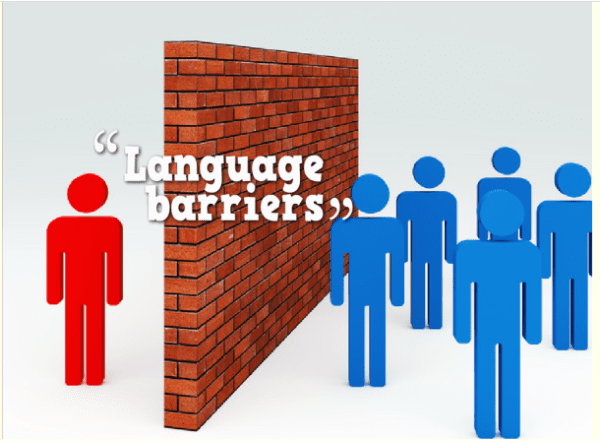
One of the biggest challenges in global collaboration is dealing with cultural and language barriers. Different cultures have different ways of teaching and learning, and language barriers can make communicating difficult. To overcome these challenges, it is essential to have a deep understanding of the different cultures and languages involved. It would be best if you also considered using translation tools and working with local experts who can help bridge the gap.
Technology Access and Equity
Another primary consideration in global collaboration is technology access and equity. Not all students have access to the same technology, which can create disparities in learning outcomes. To address this issue, it is essential to consider the different levels of technology access and work to provide equal opportunities for all students. This may involve providing access to technology in underserved areas or subsidies for students who cannot afford it.
Privacy and Security Risks
Finally, privacy and security risks are a significant concern in global collaboration. With the increasing use of technology in education, there is a risk of sensitive information being compromised. To mitigate these risks, it is vital to have robust security protocols and to educate students and teachers on best practices for protecting their personal information. It would be best to consider working with trusted partners with a proven security and privacy track record.
Overall, global collaboration in edtech can be advantageous, but it is essential to consider the challenges and considerations involved. By addressing these issues head-on, you can help ensure that all students have access to high-quality education, regardless of their background or location.
Future Trends and Predictions
As the world becomes more connected, the future of EdTech is looking bright. Here are some predictions and trends to look out for in the coming years.
The Role of AI and Machine Learning
Artificial Intelligence (AI) and Machine Learning (ML) are already impacting the EdTech industry. AI-powered tools can personalize learning experiences for students while also providing valuable data to teachers and administrators. In the future, we can expect to see even more AI-powered tools to help students learn at their own pace and in their style.
Additionally, AI and ML can help identify gaps in knowledge and suggest personalized learning paths to fill those gaps. This can help students get the most out of their education and prepare them for the workforce.
Scaling Global Education

The internet has made it easier than ever to connect with people from all over the world. We can expect more collaboration between educators from different countries in the future. This will allow for the sharing of best practices and the development of new teaching methods.
Investment in EdTech is also on the rise, with more and more companies looking to impact the industry. This investment can help to scale global education and make it more accessible to students around the world.
As EdTech continues to evolve, we expect to see more innovative solutions that will help improve education globally. Whether through AI-powered tools or global collaboration, the future of EdTech is looking bright.
Stakeholder Perspectives
Regarding global collaboration in edtech, it is essential to consider the perspectives of various stakeholders. Here are some insights from different groups that play a crucial role in the development and implementation of edtech solutions:
Government and Policy
Governments and policymakers have a significant impact on edtech adoption and implementation. They can create policies that encourage the use of technology in education, allocate funds for edtech initiatives, and provide guidelines for developing edtech products. However, they also need to ensure that the use of technology in education is ethical, safe, and effective. Governments and policymakers should work with educators, edtech vendors, and other stakeholders to create a regulatory environment that supports innovation while protecting students’ privacy and well-being.
School Leadership

School leaders, such as principals and superintendents, are critical in successfully implementing edtech solutions. They can create a culture of innovation and collaboration, provide professional development opportunities for teachers, and ensure that edtech solutions align with the school’s goals and curriculum. However, they also need to be cautious about the risks associated with edtech, such as data privacy concerns and over-reliance on technology. School leaders should work closely with teachers, students, parents, and other stakeholders to ensure that edtech solutions are used effectively and responsibly.
Vendor and Industry
Edtech vendors and industry leaders are responsible for developing and marketing edtech solutions. They can provide valuable insights into the latest trends and innovations in edtech and offer customized solutions that meet the specific needs of schools and students. However, they also need to ensure that their products are effective, user-friendly, and accessible to all students, regardless of socioeconomic background. Edtech vendors and industry leaders should work with educators, researchers, and policymakers to create evidence-based solutions that align with best practices in education.
Overall, collaboration among stakeholders is crucial for the successful implementation of edtech solutions. By working together, governments, school leaders, edtech vendors, and other stakeholders can create a regulatory environment that supports innovation, ensure that edtech solutions are used effectively and responsibly, and provide students with the tools they need to succeed in a rapidly changing world.
Measuring Success
When evaluating the impact of EdTech, it’s essential to understand clearly what success means. Success can be measured in various ways, such as increased student engagement, improved learning outcomes, and cost-effectiveness. This section will explore two critical aspects of measuring success in EdTech: evaluating EdTech impact and feedback and continuous improvement.
Evaluating EdTech Impact
To evaluate the impact of EdTech, you need to collect evidence demonstrating its effectiveness. Evidence can come in many forms, such as student performance data, surveys, and case studies. You can use this evidence to determine whether the EdTech solution is achieving its intended goals.
One way to evaluate the impact of EdTech is to conduct a randomized controlled trial (RCT). RCTs are considered the gold standard for assessing the effectiveness of interventions, including EdTech solutions. RCTs involve randomly assigning students to either a treatment group that uses the EdTech solution or a control group that does not. This approach allows you to compare the outcomes of the two groups and determine whether the EdTech solution is effective.
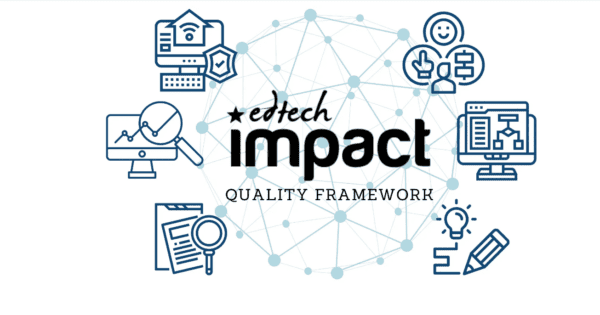
Feedback and Continuous Improvement
Collecting feedback from students, teachers, and administrators is critical to improving the effectiveness of EdTech solutions. Feedback can help you identify areas for improvement and make necessary adjustments to the solution. It’s essential to have a feedback mechanism built into the EdTech solution to ensure that users can provide feedback quickly.
Continuous improvement is an iterative process involving small changes to the EdTech solution based on feedback and evidence. EdTech companies should use input and evidence to identify areas for improvement and make changes to the solution. This approach ensures that the solution remains practical and relevant over time.
In conclusion, measuring the success of EdTech requires collecting evidence, evaluating impact, and using feedback to make continuous improvements. By doing so, you can ensure that your EdTech solution is compelling, engaging, and cost-effective.
Resources and Support
Professional Development
To effectively incorporate edtech global collaboration into your classroom, you may need professional development opportunities to help you get started. Fortunately, many resources are available to help you learn about the latest edtech tools and strategies to improve your teaching skills. Organizations such as EdTech Center @ World Education [1] offer free online courses, webinars, and other resources to help you develop your skills. You can also find many professional development opportunities through edtech conferences and events.
Access to EdTech Resources
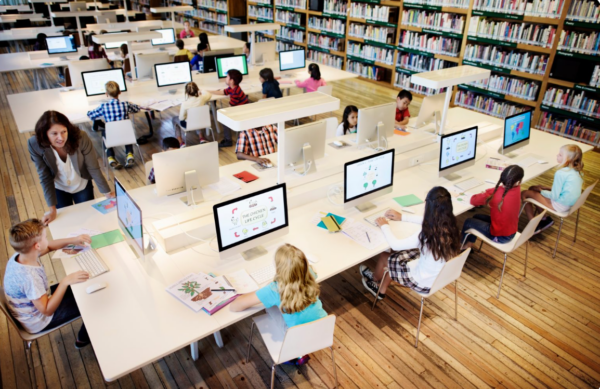
Access to edtech resources is critical for educators who want to incorporate global collaboration into their classrooms. Fortunately, many resources are available to help you find the right tools for your needs. Organizations such as Teachers’ Guide to Global Collaboration [2] offer searchable databases of global projects and resources to help you foster worldwide competence and build connections with your students. Many edtech tools and resources can be found on websites like EdTech Impact [3].
Institutions such as schools and universities can also provide access to edtech resources. Many schools have technology departments to help you find the right tools. Additionally, many universities offer online courses and other resources to help you learn about the latest edtech tools and strategies.
By taking advantage of these resources and support systems, you can effectively incorporate edtech global collaboration into your classroom and help your students develop the skills they need to succeed in a globalized world.
